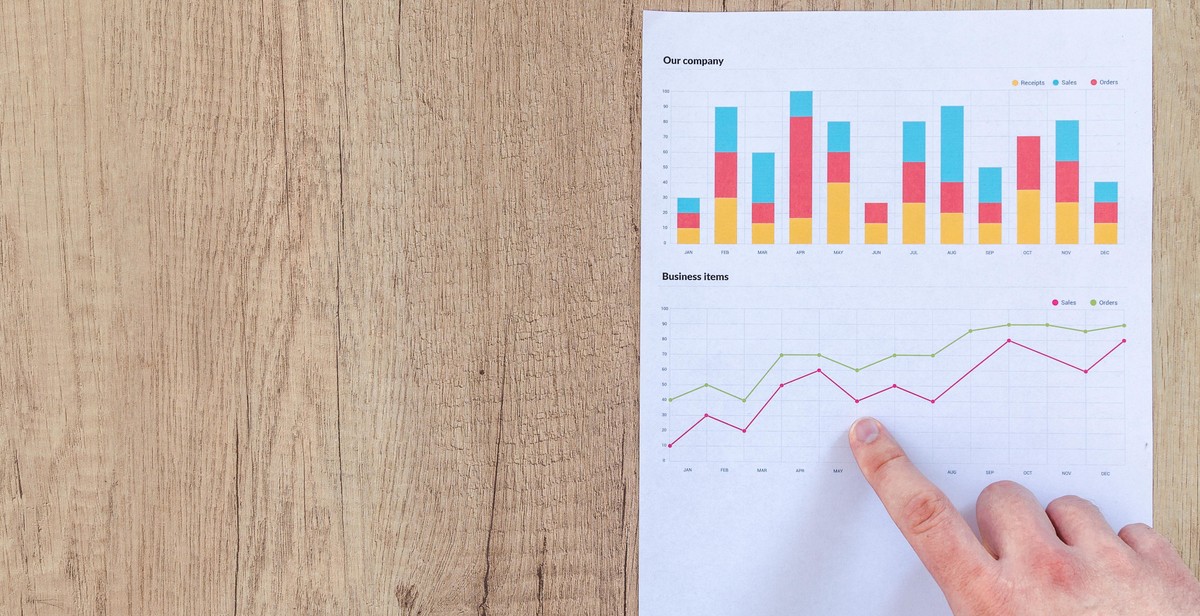How to Analyze Weather Data: Methods and Tools for Weather Data Analysis
Weather data analysis is an essential aspect of meteorology and climatology. It involves the collection, processing, interpretation, and presentation of data from various weather sources to provide insights into atmospheric conditions and weather patterns. The process of analyzing weather data can be complex and requires a combination of technical skills, scientific knowledge, and the use of specialized tools and software.
Why Analyze Weather Data?
Weather data analysis is critical for a wide range of applications, including weather forecasting, climate research, agriculture, aviation, and disaster management. By analyzing weather data, meteorologists and climatologists can identify weather patterns, track severe weather events, and develop accurate weather forecasts. Additionally, weather data analysis can help farmers make informed decisions about planting and harvesting crops, and aviation professionals can use weather data to ensure safe and efficient flight operations.
Methods and Tools for Weather Data Analysis
There are several methods and tools available for weather data analysis, including statistical analysis, machine learning, and data visualization. Statistical analysis involves using mathematical models and algorithms to identify patterns and trends in weather data. Machine learning algorithms can be used to develop predictive models and identify complex relationships in weather data. Data visualization tools, such as graphs and maps, can help meteorologists and climatologists present weather data in an easy-to-understand format.
This article will explore the various methods and tools used in weather data analysis and provide insights into how to effectively analyze weather data for different applications.

Why Analyzing Weather Data is Important?
Weather data analysis is crucial for various industries, including weather forecasting, climate research, agriculture, aviation, and transportation. Here are some reasons why analyzing weather data is essential:
Weather Forecasting
Weather forecasting is the most obvious reason for analyzing weather data. By collecting and analyzing weather data, meteorologists can predict the weather accurately, providing people with the information they need to make informed decisions about their day-to-day activities. Accurate weather forecasts can help people plan their outdoor activities, avoid dangerous weather conditions, and prepare for severe weather events like hurricanes, tornadoes, and floods.
Climate Research
Weather data analysis is also critical for climate research. Climate scientists analyze historical weather data to identify long-term trends and patterns, helping them understand how the climate is changing and how it might change in the future. This information is crucial for policymakers and businesses to make informed decisions about how to mitigate the effects of climate change.
Agriculture
Agriculture is another industry that relies heavily on weather data analysis. Farmers need to know when to plant and harvest their crops, and weather data can help them make those decisions. By analyzing weather data, farmers can predict the timing and intensity of weather events like droughts, floods, and heatwaves, allowing them to take proactive measures to protect their crops.
Aviation and Transportation
Weather data analysis is also critical for aviation and transportation. Pilots and air traffic controllers use weather data to plan flight routes and avoid dangerous weather conditions. Similarly, transportation companies use weather data to plan shipping routes and avoid delays caused by severe weather events.
Conclusion
In conclusion, analyzing weather data is essential for a wide range of industries. Accurate weather forecasts and climate research help us understand the world around us, while agriculture and transportation rely on weather data to operate effectively and efficiently. By using the right tools and methods for weather data analysis, we can make better decisions and prepare for whatever the weather throws our way.

Methods of Weather Data Analysis
Weather data analysis involves the use of various methods to extract meaningful insights and patterns from the data. These methods can be broadly classified into three categories:
Statistical Analysis
Statistical analysis is a widely used method to analyze weather data. It involves the use of statistical techniques to identify patterns and trends in the data. Some of the commonly used statistical methods for weather data analysis include:
- Descriptive statistics: This involves the use of measures such as mean, median, and standard deviation to describe the data.
- Correlation analysis: This is used to identify the relationship between different variables in the data.
- Regression analysis: This is used to identify the relationship between a dependent variable and one or more independent variables.
Machine Learning
Machine learning is a rapidly growing field that has found numerous applications in weather data analysis. Machine learning algorithms are used to build models that can predict future weather patterns based on historical data. Some of the commonly used machine learning techniques for weather data analysis include:
- Decision trees: This is a tree-like model that is used to make decisions based on the input data.
- Random forests: This is an ensemble of decision trees that is used to improve the accuracy of the predictions.
- Neural networks: This is a model that is inspired by the structure and function of the human brain and is used to make predictions based on the input data.
Data Visualization
Data visualization is the process of representing data in a graphical or pictorial format. It is an important method for weather data analysis as it helps in identifying patterns and trends in the data. Some of the commonly used data visualization techniques for weather data analysis include:
- Line charts: This is a chart that is used to display trends in the data over time.
- Scatter plots: This is a chart that is used to display the relationship between two variables in the data.
- Heat maps: This is a chart that is used to display the distribution of data across different categories.
| Method | Advantages | Disadvantages |
|---|---|---|
| Statistical Analysis | Easy to understand and interpret | May not be suitable for complex data |
| Machine Learning | Can handle complex data and make accurate predictions | Requires large amounts of data and can be computationally expensive |
| Data Visualization | Easy to identify patterns and trends in the data | May not be suitable for large amounts of data |

Tools for Weather Data Analysis
Weather data analysis requires the use of specialized tools and technologies to collect, process, and analyze data. Here are some of the most commonly used tools for weather data analysis:
Python Libraries
Python is a popular programming language for data analysis due to its simplicity and versatility. There are several Python libraries that are useful for weather data analysis, including:
- Pandas: A library that provides data structures for efficiently storing and manipulating large datasets.
- Numpy: A library that provides support for large, multi-dimensional arrays and matrices, as well as a wide range of mathematical functions.
- Matplotlib: A library that provides tools for creating visualizations and plots.
- Scikit-learn: A library that provides tools for machine learning and predictive modeling.
Weather APIs
Weather APIs provide developers with access to real-time and historical weather data from a variety of sources. Some of the most popular weather APIs include:
- OpenWeatherMap: A free API that provides weather data for over 200,000 cities worldwide.
- Weather Underground: A paid API that provides weather data for over 250,000 locations worldwide.
- Dark Sky: A paid API that provides hyperlocal weather data for any location in the world.
Weather Stations and Sensors
Weather stations and sensors are physical devices that collect weather data from the environment. There are many different types of weather stations and sensors available, including:
- Thermometers: Used to measure temperature.
- Barometers: Used to measure atmospheric pressure.
- Anemometers: Used to measure wind speed and direction.
- Rain gauges: Used to measure precipitation.
Most weather stations and sensors are equipped with data loggers, which store the collected data for later analysis. Some weather stations and sensors also have the capability to transmit data in real-time to a central database or server.
| Tool | Description |
|---|---|
| Python Libraries | Python libraries such as Pandas, Numpy, Matplotlib, and Scikit-learn provide tools for data manipulation, analysis, and visualization. |
| Weather APIs | Weather APIs such as OpenWeatherMap, Weather Underground, and Dark Sky provide access to real-time and historical weather data from a variety of sources. |
| Weather Stations and Sensors | Weather stations and sensors collect weather data from the environment and store it for later analysis. |

Conclusion
Weather data analysis is a crucial aspect of weather forecasting and prediction. With the right methods and tools, meteorologists and weather enthusiasts can obtain valuable insights that can help them make accurate predictions and inform decision-making processes.
In this article, we have explored various methods and tools for weather data analysis, including statistical analysis, machine learning, and visualization tools. We have also discussed the importance of quality data, data cleaning, and data preprocessing in weather data analysis.
It is important to note that weather data analysis is a continuous process that requires constant updates and adjustments as new data becomes available. The methods and tools discussed in this article are just a starting point, and weather data analysts should always be open to new approaches and technologies.
Whether you are a professional meteorologist or a weather enthusiast, the key to successful weather data analysis is to stay informed and up-to-date with the latest trends and developments in the field. With the right skills, knowledge, and tools, you can unlock the full potential of weather data and make accurate predictions that can help save lives and protect property.
So, start exploring the methods and tools discussed in this article and take your weather data analysis to the next level!
